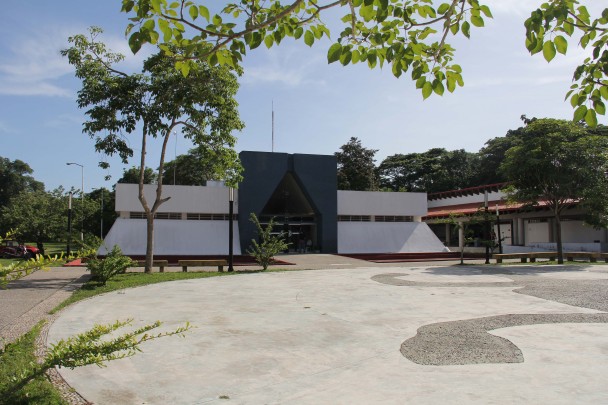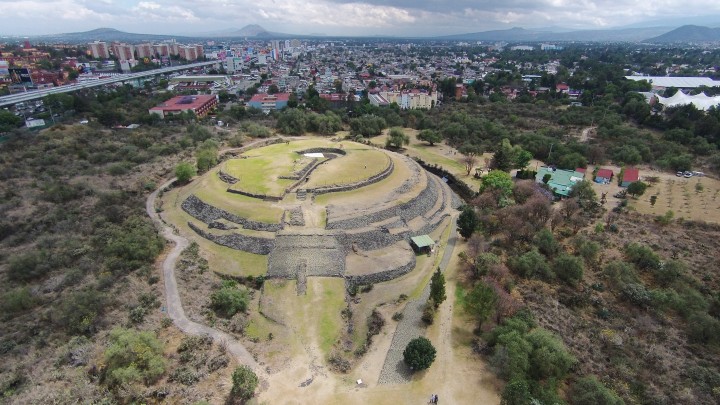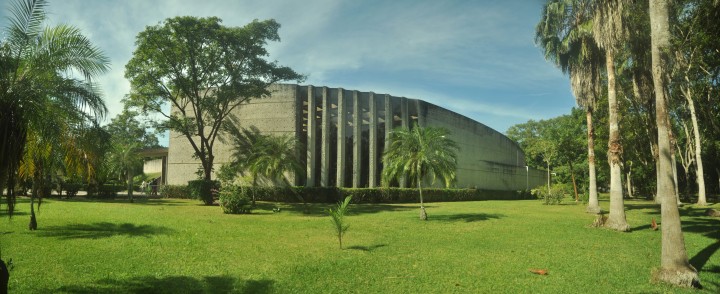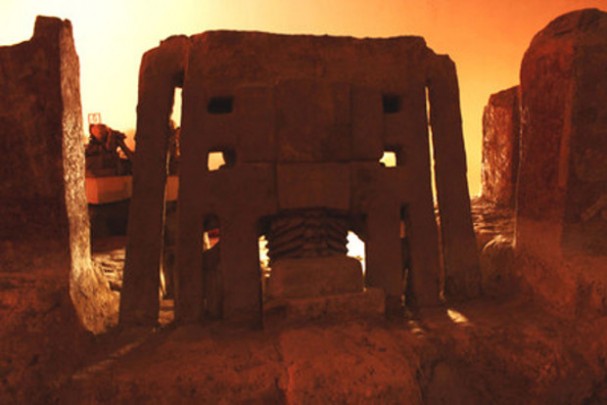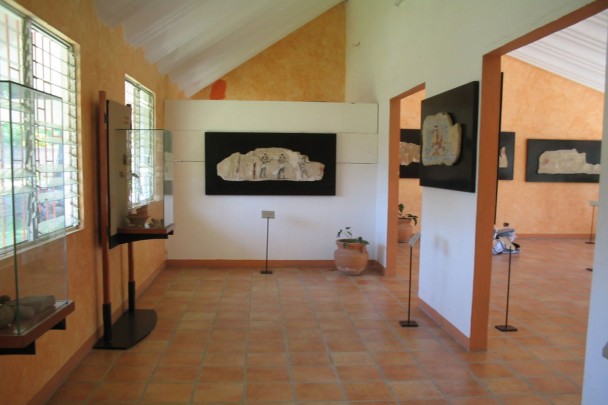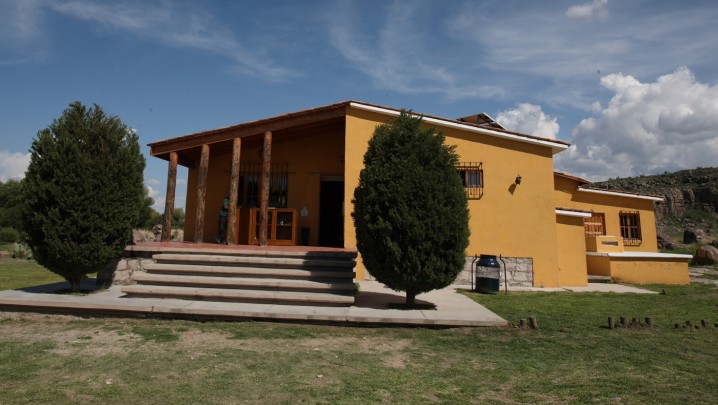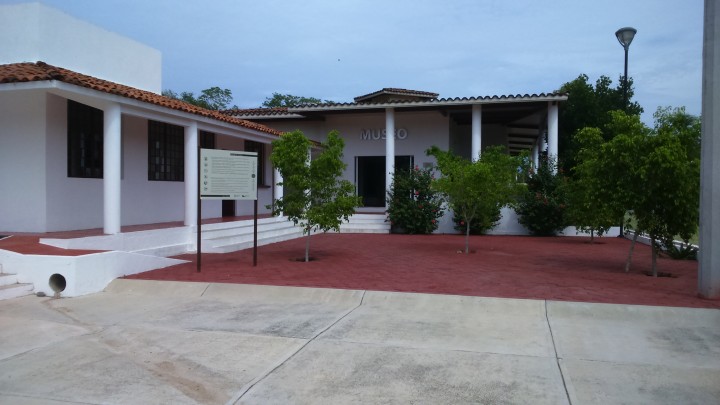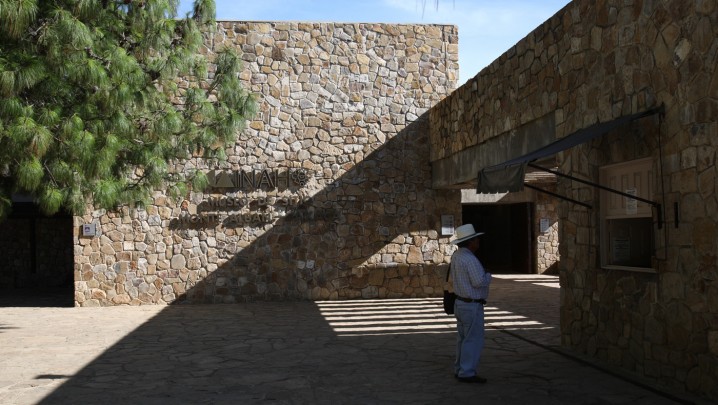128 Museums
Archeological site
This is where the Fire God, Aj Pakal Than, reigned in the 18th century AD, whose funeral offerings are exhibited, together with a collection of jewellery and other pieces made of shells, bone and stone from this great Maya city, built of clay bricks bearing extraordinary reliefs.
Tabasco
Archeological site
One of the most ancient and prosperous cities in the Valley of Mexico, Cuicuilco was lost after the eruption of the Xitle volcano in the third century AD. The remains bear witness to the remarkable development of the area, with objects including works of sculpture, pottery, offerings, daily utensils, garments and religious artefacts.
Ciudad de México
Archeological site
The peak of the Totonaca culture, with the most beautiful architecture of the Gulf Coast, a UNESCO World Heritage site. The museum, built by architect Teodoro Gonzaléz de León, shows vestiges of the city since the excavations of 1920, it also reconstructs the everyday life of this sophisticated culture.
Veracruz
Archeological site
Mictlantecuhtli, the great lord of death (the other life), was the patron of this ancient Totonac city. The museum’s prized item is the sole unfired clay sculpture with stucco and the remains of paint in Mesoamerica. To this are added funerary offerings and ceramic figures of the very highest quality.
Veracruz
Archeological site
Women played a dominant role in the ceremonies of this important Totonac city, as can be seen from its numerous murals. The mural fragments are the museum’s most valued objects, as they show varied scenes from the life of this ancient settlement.
Veracruz
Archeological site
This most important and influential site of the Valley of Guadiana is related to the Chichimeca and coastal peoples of Mesoamerica. This museum reveals its rich, 1400-year history with displays on the Chalchihuite’s environment, religion and daily life.
Durango
Archeological site
The most important city of the most ancient culture. Its monumental sculptures are unique, as are the little instruments and delicate jewelry that its inhabitants knew how to make. The museum also exhibits very fine pottery and a mockup of an Olmec dwelling.
Tabasco
Archeological site
Owners of turquoise, proprietors of the calendar and lords of time. This is how the inhabitants of this ancient city were known. They ruled over the Costa Grande in the modern state of Guerrero and were influenced by Olmec and Teotihuacan cultures, as can be seen in their fine pottery and hydraulic works.
Guerrero
Archeological site
The incomparable city of the Olmec, Zapotec and Mixtec peoples, inhabited over a period of 1500 years. Monte Albán occupied a mountain top, and is where the treasure of Tomb 7 was found. The site museum presents its evolution and the extent of its rich culture. A UNESCO World Heritage Site.
Oaxaca

